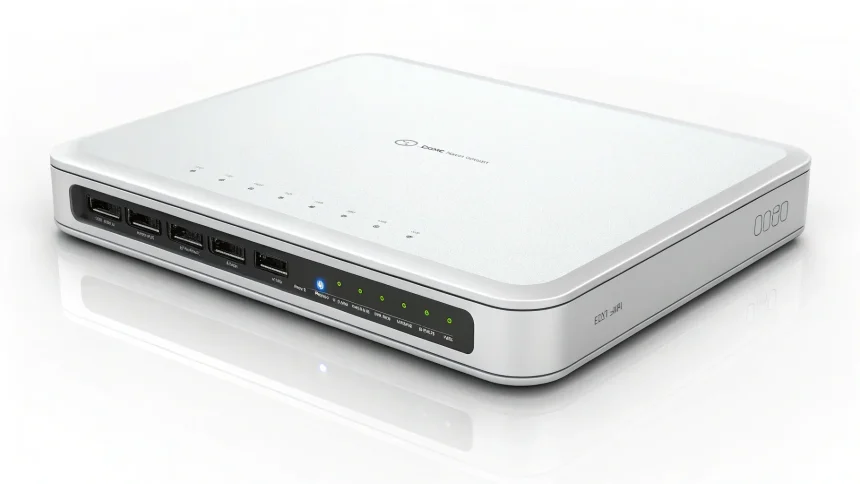Nokia reported a strong third quarter on 23 October 2025, saying it remains on track to meet its full-year goals. The company posted a 9% year-over-year increase in comparable net sales on a constant currency and portfolio basis, or 12% on a reported basis. Management said every business group contributed to the gain, with Optical standing out.
“Strong net sales growth, well on track to achieve full year outlook.”
“Q3 comparable net sales grew 9% y-o-y on a constant currency and portfolio basis (12% reported) with all business groups contributing and particularly strong growth in Optical.”
Why the growth matters now
The update arrives after years of uneven spending by telecom operators. In 2023 and 2024, many carriers slowed 5G rollouts and cut capital spending, pressuring network vendors. A return to growth suggests orders are improving and supply chains are stable. The split between constant-currency and reported results also highlights the role of exchange rates in headline numbers.
Optical networks are often tied to traffic growth from cloud, AI data centers, and enterprise demand for high-capacity links. Strength in this segment may signal larger investment cycles in backbone and metro transport, even when radio access network spending is restrained.
Breakdown of the results
Nokia said all business groups contributed to the quarter. While the company did not release segment-level figures in the brief update, the emphasis on Optical implies healthy demand for coherent optics, long-haul gear, and metro upgrades. Such projects can carry higher-ticket contracts and longer delivery timelines.
- Comparable net sales: up 9% year-over-year on a constant-currency, portfolio basis.
- Reported net sales: up 12% year-over-year.
- Optical: “particularly strong” contributor.
The two growth rates show how currency swings can lift or reduce reported results. Constant-currency tracking strips out exchange-rate effects, giving a clearer read on underlying demand. The company also referenced a portfolio basis, which adjusts for divestitures or acquisitions to keep comparisons consistent.
Context: a cyclical equipment market
Telecom equipment sales follow multi-year investment waves. After early 5G peaks, spending pulled back in several regions. Vendors shifted focus to cost control, software, and high-margin segments. Optical demand has often proven more resilient because operators must expand capacity as data usage grows. AI workloads and cloud interconnects add to that need.
For Nokia, broad-based growth hints at momentum across mobile networks, cloud and network services, and fixed networks alongside Optical. Stability across groups can reduce reliance on a single segment, important when carrier budgets shift from quarter to quarter.
What this means for the industry
If Optical strength continues, it could support a new wave of backbone and metro upgrades. That would benefit component suppliers, system integrators, and installers tied to transport networks. It could also encourage carriers to revisit delayed projects in access and core networks, creating a wider uplift.
However, the cycle remains sensitive to interest rates, spectrum costs, and competitive pressures among operators. Any delay in large projects or regional spending freezes can change the trajectory quickly. Currency swings can also widen the gap between reported and underlying growth.
Outlook and what to watch
Nokia said it is on track to meet full-year targets, setting a constructive tone for the fourth quarter. Investors will look for confirmation in segment details, margins, backlog, and cash flow when full financials are released. The durability of Optical demand will be key.
Several indicators bear watching in the coming quarters:
- Operator capital expenditure plans for 2026, especially in North America and Europe.
- Data center interconnect growth tied to AI and cloud traffic.
- Currency movements that affect reported results and pricing.
- Sourcing and lead times for optical components and modules.
Nokia’s message is clear: orders are improving and diversified. The 9% constant-currency growth, backed by 12% reported, points to solid demand as the year closes. If Optical remains strong and other units hold steady, the company could carry momentum into 2026.
For now, the quarter provides a needed sign of strength in a cyclical market. The next test will come with detailed results and guidance updates, where the market will seek proof that the gains are durable and not just a short-term surge in transport upgrades.







